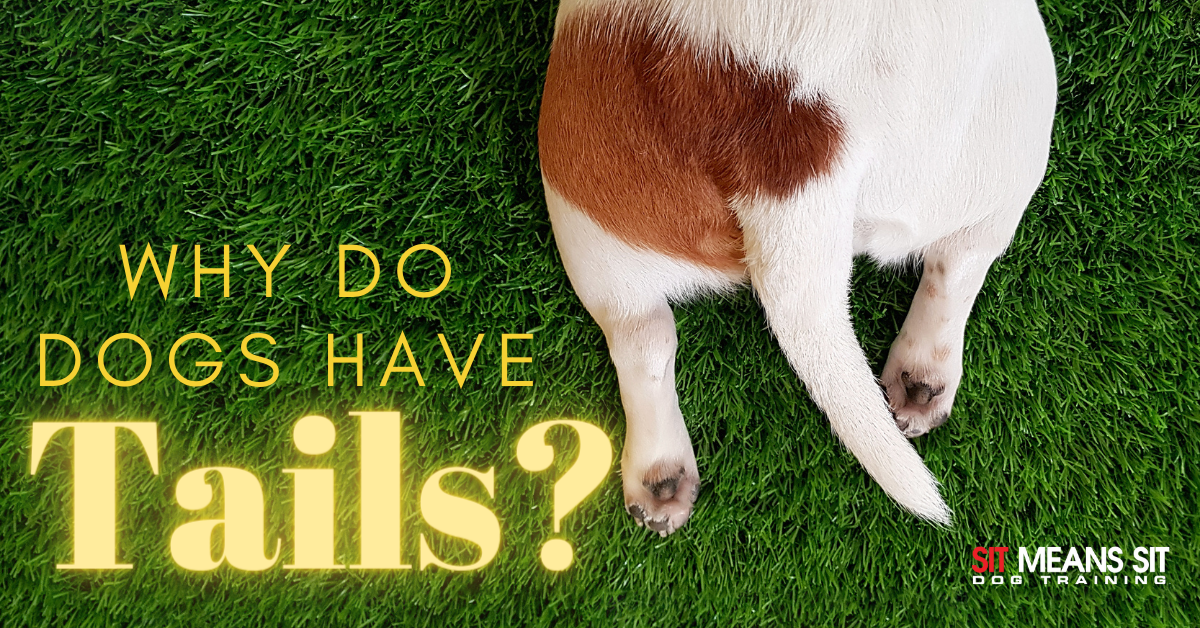
Why Do Dogs Have Tails?
Dogs are members of our families, loved for their loyalty, companionship, and playful nature. One characteristic that sets dogs apart from many other animals is their tail. But why do dogs have tails?
Let’s explore the different functions of a dog’s tail and why it’s an essential part of their anatomy.
Communication
One of the primary functions of a dog’s tail is communication. Dogs use their tails to convey emotions, such as happiness, excitement, fear, or aggression.
A wagging tail is usually a sign of joy or excitement, while a tucked tail indicates fear or nervousness. When a dog is feeling aggressive or defensive, their tail may stand erect, making them appear larger and more intimidating. A dog’s tail is a visual signal that other animals and humans can use to understand their moods and intentions.
Balance
Another function of a dog’s tail is balance. Dogs use their tails to counterbalance when running, jumping, or making sudden movements.
A dog’s tail helps them make sharp turns, navigate uneven terrain, and maintain their equilibrium. This is particularly important for hunting dogs, such as greyhounds or foxhounds, who need to move quickly and precisely.
Defense
A dog’s tail can also serve as a weapon. Some breeds, such as Rottweilers or Doberman Pinschers, have a naturally docked tail for this reason. When threatened or attacked, dogs can use their tails to defend themselves, delivering a sharp and painful blow to their opponent.
Temperature
Lastly, a dog’s tail can provide warmth and protection. In colder climates, dogs may curl their tails around their bodies to conserve heat, while in warmer climates, they use their tails to fan themselves and cool down. A dog’s tail can also protect their reproductive organs and anus from potential predators or injuries.
A dog’s tail serves multiple functions. While the length, shape, and texture of a dog’s tail may vary depending on their breed and genetic makeup, its importance in a dog’s life cannot be overstated.
